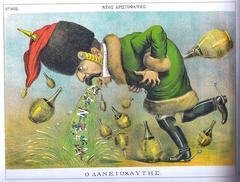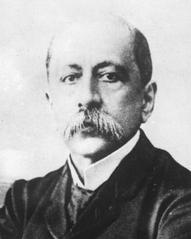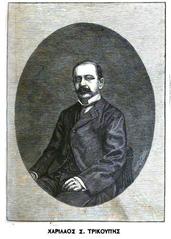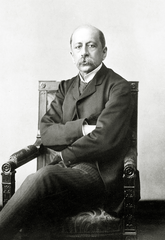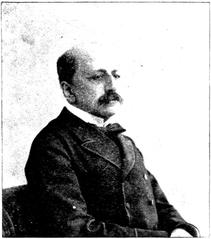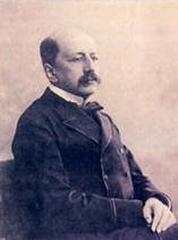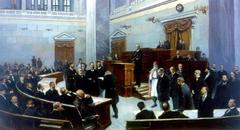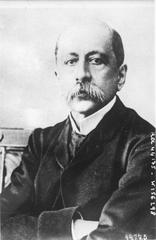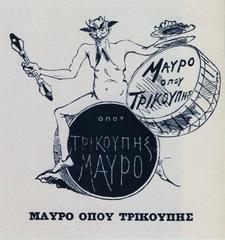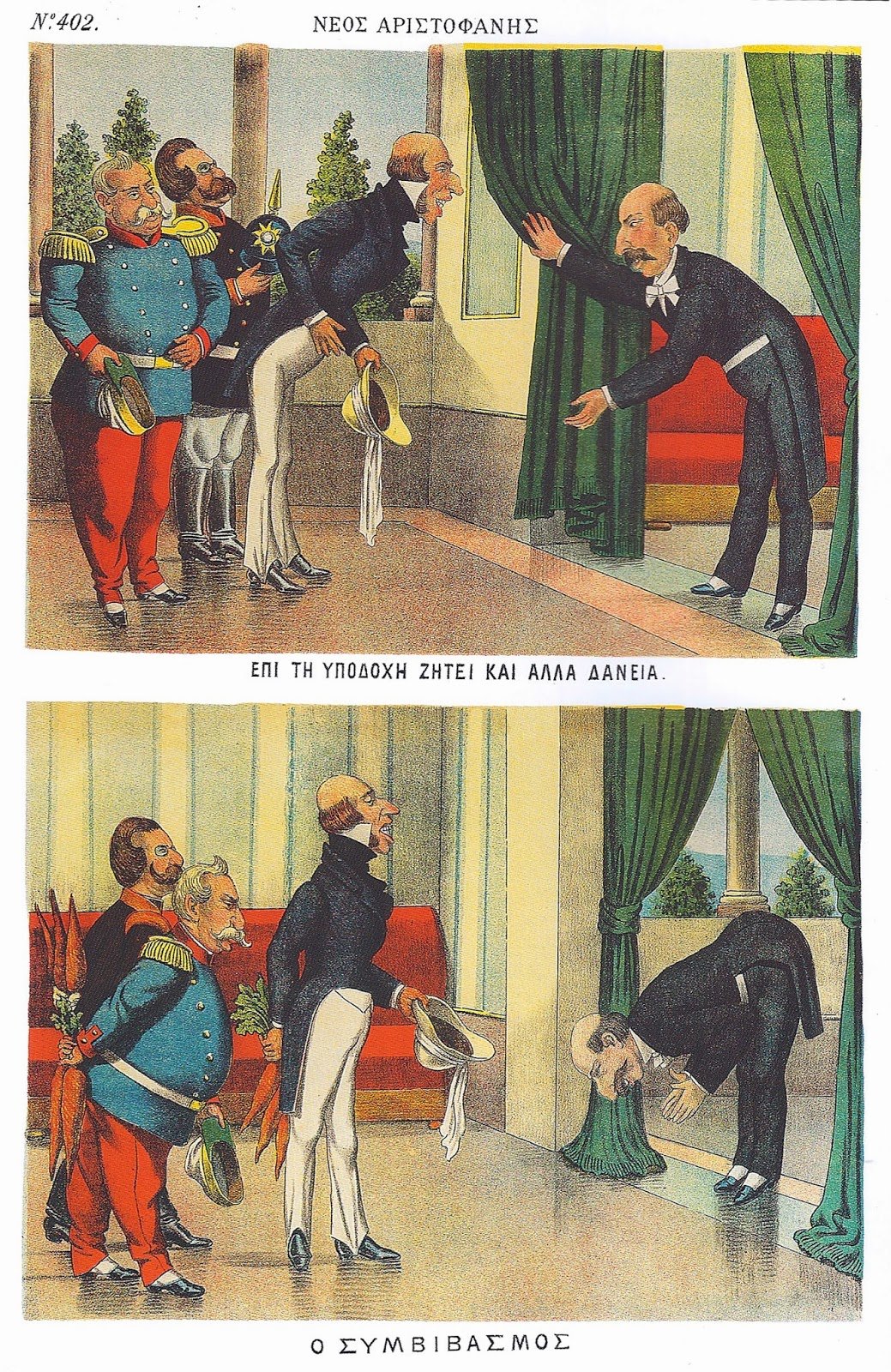
Harilaos Trikoupis Bridge Visiting Hours, Tickets, and Travel Guide – Athens, Greece
Date: 14/06/2025
Introduction: The Significance of the Harilaos Trikoupis Bridge
Greece’s landscape is a tapestry of ancient heritage and modern innovation, epitomized by the Harilaos Trikoupis Bridge—commonly known as the Rio–Antirrio Bridge. This architectural marvel connects the Peloponnese with mainland Greece near Patras, serving as both a crucial transport link and a striking symbol of national unity and progress. Named in honor of Harilaos Trikoupis, a pioneering Prime Minister who envisioned a modern, European-aligned Greece, the bridge stands as a testament to his legacy of reform and ambition.
Athens, too, commemorates Trikoupis’s contributions with important landmarks such as the National Historical Museum and his statue in Kolokotroni Square. These sites offer deeper insight into the statesman’s impact on Greece’s modernization and are essential stops for history buffs, engineering enthusiasts, and culturally curious travelers.
This comprehensive guide delivers all you need to plan a memorable visit to the Harilaos Trikoupis Bridge, the National Historical Museum in Athens, and related historical landmarks. You’ll find detailed information on visiting hours, ticketing, accessibility, travel tips, nearby attractions, and historical context—ensuring a meaningful and seamless experience. For real-time updates and official announcements, consult the Gefyra S.A. website and the National Historical Museum Athens (militarytourism.warmuseum.gr, Greeka, Greek City Times).
Contents Overview
- Historical Background of Harilaos Trikoupis
- Early Life and Political Career
- Vision for Modernization
- Political Legacy
- Visiting Harilaos Trikoupis Sites in Athens
- Statue at Kolokotroni Square
- National Historical Museum
- Nearby Attractions
- Visiting the Rio–Antirrio Bridge
- Hours and Ticket Information
- Accessibility and Travel Tips
- Engineering Highlights
- Attractions Near the Bridge
- Exploring the Corinth Canal
- Practical Visitor Information
- Transportation, Accessibility, and Safety
- Dining and Accommodation
- Visitor Etiquette
- FAQs
- Conclusion and Resources
Historical Background: Harilaos Trikoupis and His Vision
Early Life and Political Rise
Harilaos Trikoupis (1832–1896), born in Nafplio, was the son of Spyridon Trikoupis, a prominent figure in the Greek War of Independence. Educated in law and political science in Paris, Trikoupis returned to Greece imbued with Western European principles of governance and progress. He rose swiftly through public service, ultimately serving seven terms as Prime Minister between 1875 and 1895 (militarytourism.warmuseum.gr).
Vision for Modernization
Trikoupis’s tenure was defined by an unwavering commitment to modernization. His motto, “Greece wants to prosper, and will prosper” (“Η Ελλάδα θέλει να ζήσει και θα ζήσει”), encapsulates his reformist zeal (militarytourism.warmuseum.gr). His achievements included:
- National Railways: Connecting Athens with key cities and ports, facilitating commerce and mobility.
- Road Networks: Expanding and modernizing roads to integrate isolated regions.
- Bridges and Harbors: Building infrastructure to support Greece’s maritime ambitions.
- Administrative Reforms: Professionalizing the civil service and combating corruption.
- Economic Policy: Encouraging industrial growth and adopting Western models. Despite facing fiscal crises, his efforts laid the foundation for future progress (ekathimerini.com).
Political Legacy
Trikoupis’s rivalry with Theodoros Diligiannis shaped Greek politics in the late 19th century, embodying the tension between tradition and modernization. Statues of both leaders stand outside the National Historical Museum, symbolizing this pivotal era (athens24.com).
Visiting Harilaos Trikoupis Sites in Athens
Statue of Harilaos Trikoupis
- Location: Kolokotroni Square, in front of the Old Parliament (now the National Historical Museum), Stadiou Street, central Athens.
- Access: Open 24/7, fully wheelchair accessible.
- Features: Crafted by Thomas Thomopoulos in 1920, the statue depicts Trikoupis with an angel symbolizing Fame and Glory.
National Historical Museum
- Address: Old Parliament Building, Kolokotroni Square, Athens.
- Hours: Tuesday–Sunday, typically 8:30 AM–3:30 PM. Check official website for seasonal updates.
- Tickets: General admission is usually free; special exhibitions may require a fee.
- Guided Tours: Available on request. Many city walking tours include the museum and surrounding sites (thechaosdiaries.com).
- Accessibility: Wheelchair friendly.
Nearby Attractions
- Statues of Theodoros Kolokotronis and Theodoros Diligiannis
- Neoclassical buildings and cultural landmarks
- Other central Athens historical sites, ideal for a full-day itinerary
Travel Tips
- Getting There: Easily reached via metro (Syntagma or Omonia), bus, or on foot.
- Best Time to Visit: Early morning or late afternoon for optimal lighting and fewer crowds.
- Photography: Excellent photo opportunities at the statue and museum.
- Safety: Kolokotroni Square is a lively, central location.
Special Events
The museum regularly hosts exhibitions on modern Greek history. Check the museum website or Athens tourism portals for current events.
The Rio–Antirrio Bridge: Visitor’s Guide
Overview
The Rio–Antirrio Bridge, officially the Harilaos Trikoupis Bridge, is a world-renowned engineering accomplishment. It spans 2,880 meters (9,449 feet), making it one of the longest cable-stayed bridges globally. Its four diamond-shaped pylons and innovative seismic isolation foundations allow it to withstand strong winds and earthquakes (Gefyra S.A.).
Visiting Hours and Tickets
- Accessibility: Open 24/7 for vehicles. The pedestrian walkway is generally open during daylight (8:00 AM–8:00 PM).
- Tolls: Vehicle tolls apply; fees depend on vehicle type. Pedestrian access is free. For current prices, see Gefyra S.A..
- Parking: Available at both Rio and Antirrio entry points.
How to Visit
- By Car: Connects Peloponnese with mainland Greece. Easily accessible from Patras.
- Public Transport: Limited bus service; car or taxi preferred for flexibility.
- Pedestrian Walkway: Walk part of the bridge for panoramic views (approx. 2.9 km). Wear comfortable shoes.
Accessibility
- Facilities for people with disabilities, including ramps and accessible restrooms, are provided at entry points.
Nearby Attractions
- Patras: Explore the Roman Odeon, Patras Castle, and vibrant markets.
- Rio Castle: Medieval fortress with scenic views near the bridge.
- Photography: The surrounding coast and hills offer excellent vantage points, especially at sunrise or sunset.
Engineering Highlights
- Length: 2,880 m (9,449 ft)
- Cable-Stayed Section: 2,252 m (7,388 ft)
- Width: 28 m (92 ft)
- Main Span: 560 m (1,837 ft)
- Pylons: Four, 227 m (745 ft) high
- Foundations: Floating caissons on gravel seismic isolation beds
- Materials: 312,517 m³ reinforced concrete, 17,700 t steel
- Seismic Design: Withstands up to magnitude 7 earthquakes
- Wind Resistance: Up to 110 km/h (70 mph)
- Monitoring: Real-time structural health monitoring (Gefyra S.A.)
Interpretive displays at visitor centers explain these technical features in detail.
Awards
- 2006 Outstanding Structure Award, International Association for Bridge and Structural Engineering
- Featured in documentaries such as Richard Hammond’s “Engineering Connections”
Travel Tips
- Visit early or late in the day for the best photographs and cooler temperatures.
- Combine with a trip to Patras or local historical sites.
- Check weather conditions before visiting, especially if walking the bridge.
FAQs
- Are guided tours available? Yes, book through local operators or visitor centers.
- Is the walkway safe for pedestrians? Yes, regularly maintained; stay in designated areas.
- Are drones allowed? Check local regulations before use.
- Are dining options available nearby? Yes, in both Rio and Antirrio.
Exploring the Corinth Canal
Visiting Hours and Tickets
- Open: Year-round, free access to pedestrian bridges and observation points.
- Boat Tours: Available seasonally; prices vary by operator.
Travel Tips
- Excellent photo opportunities from viewing platforms.
- Visit nearby sites: Ancient Corinth and Acrocorinth fortress.
- Public transport and guided tours are available from Athens.
Cultural Impact and Environmental Considerations
Cultural Legacy
Trikoupis’s infrastructure projects, including railways and bridges, catalyzed regional development and fostered a modern Greek identity (Wikipedia, Ekathimerini).
Environmental and Societal Impact
Modern projects balance innovation with sustainability. Restoration of historic railways supports eco-tourism, while infrastructure like the Rio–Antirrio Bridge faces scrutiny over environmental impact and accessibility (Academia.edu, Greek City Times).
Practical Visitor Information
Best Time to Visit
Spring (March–May) and autumn (September–October) offer the best weather and fewer crowds (Lonely Planet). Summer is hotter and busier; winter is quieter and cooler.
Accessibility
- Most sites are wheelchair accessible; historic buildings may have limited access. Contact museums in advance for details.
Safety
- Athens is generally safe, but remain alert against pickpocketing in crowded spots and avoid unfamiliar neighborhoods at night (Dave’s Travel Pages).
Payment & Currency
- Credit/debit cards are widely accepted; keep some euros for small purchases (Greek Travel Tellers).
Transportation
- Use the 3-day tourist pass for unlimited metro, bus, and trolleybus rides (Earth Trekkers).
- Central Athens is walkable; taxis and ride-share apps are available.
Dining & Accommodation
- Choose from traditional tavernas and modern cafes near historical sites.
- Accommodation options range from luxury hotels to hostels, especially around Syntagma and Monastiraki (Earth Trekkers).
Language & Connectivity
- Greek is official, but English is widely spoken in tourist zones. Free Wi-Fi is common; for mobile data, consider a local SIM (Dave’s Travel Pages).
Etiquette & Photography
- Photography is permitted in most outdoor areas and museum courtyards, but check signage for restrictions inside exhibitions.
Frequently Asked Questions (FAQs)
Q: What are the Rio–Antirrio Bridge visiting hours?
A: Open 24/7 for vehicles; pedestrian walkway is open during daylight hours.
Q: Do I need tickets for the Corinth Canal?
A: No ticket required for viewing; boat tours require tickets.
Q: How do I get to the Rio–Antirrio Bridge from Athens?
A: About 2.5 hours by car. Rental cars or guided tours recommended.
Q: Are guided tours available for Trikoupis-related sites?
A: Yes, especially in the Peloponnese and at Athens museums.
Q: Is the National Historical Museum Athens accessible?
A: Yes, with ramps and elevators, though some areas may have limited access.
Visual and Media Suggestions
- Use high-resolution images of the Rio–Antirrio Bridge at sunset and the Corinth Canal from above (alt text: “Rio-Antirrio Bridge connecting Peloponnese and mainland Greece”, “Aerial view of the Corinth Canal”).
- Embed maps for site locations and access routes.
- Link to virtual tours and official videos where available.
Additional Resources
- Gefyra S.A. (Official Bridge Site)
- National Historical Museum Athens
- militarytourism.warmuseum.gr
- Greeka: National Historical Museum
- Greek City Times: Bridge Guide
Conclusion and Call to Action
Visiting the Harilaos Trikoupis Bridge, the National Historical Museum, and related historical sites offers an unparalleled perspective on Greece’s journey from ancient legacy to modern innovation. Whether marveling at the bridge’s engineering, delving into the museum’s exhibits, or exploring Athens’s vibrant neighborhoods, you’ll discover the enduring spirit of Greek progress and unity.
Plan your trip today by checking official resources for updated visiting hours and tickets. For more travel tips, download the Audiala app and follow us on social media for the latest updates and insider guides.

